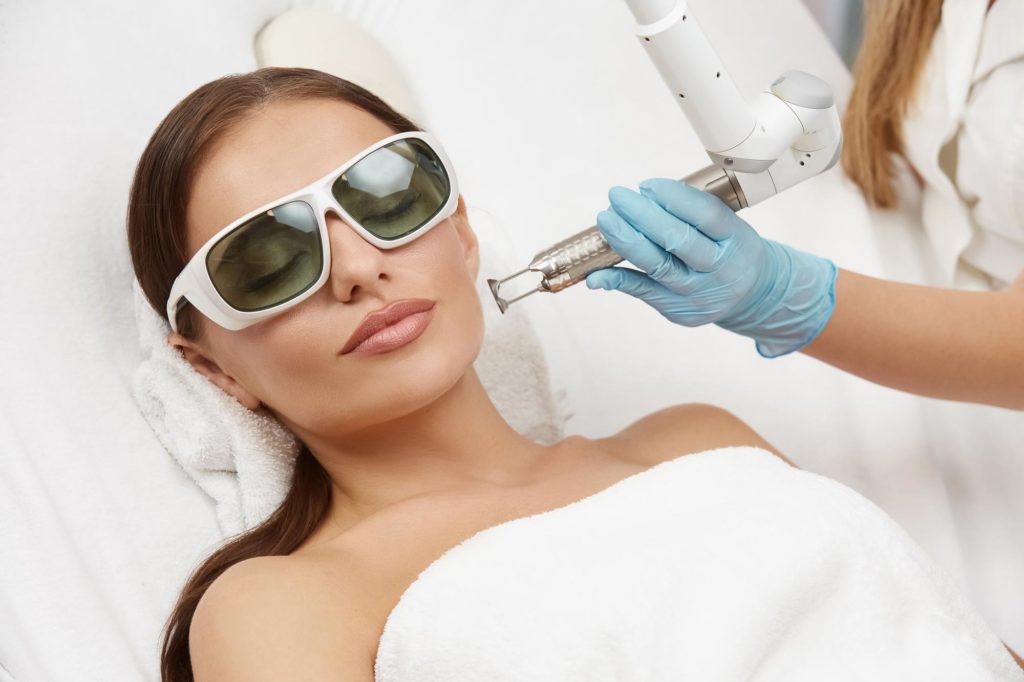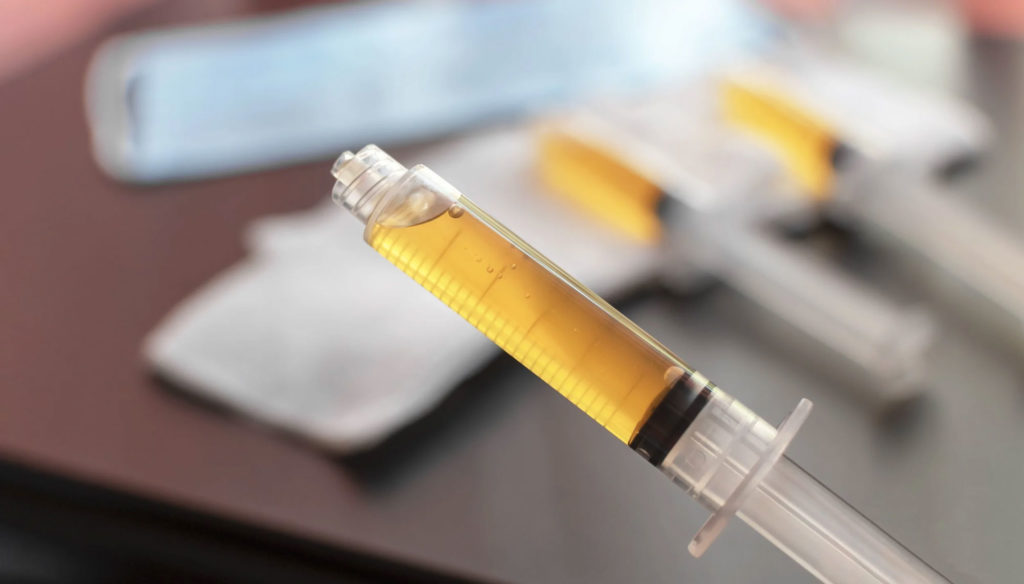In aesthetic medicine, laser treatments account for a large part of the business. It is one of the specialties with the widest variety of LASER wavelengths available for different indications.
The main laser indications in aesthetic medicine
- Permanent hair removal
- Treatment of pigmentation spots
- Treatment of redness (telangiectasias, angiomas)
- Resurfacing treatment for skin texture and fine lines
- Tattoo removal
Faced with the variety of LASERs available in aesthetic medicine and their potential side effects, it’s very important to understand the fundamentals of medical lasers, which are the same, whatever the type of laser.
The fundamentals of medical lasers
First of all, L.A.S.E.R is an acronym. It stands for Light Amplification by Stimulated Emission of Radiation.
The special feature of these amplified lights is that they emit in a single wavelength.
And that’s where some smart guys got the idea: “Since light is absorbed by colored matter, if my light has only one wavelength, it’s likely to be absorbed by matter of only one color.”
And that’s exactly what we’ve seen in practice. This was the beginning of medical lasers.
A little more technically, to emit in a single wavelength, we had to find active media that emit a single wavelength when stimulated.
Physics researchers have found several with pretty names:
“Alexandrite, Ruby, Nd-Yag, used in aesthetic medicine “.
Each of these wavelengths emitted by an active medium has its own absorption spectrum.
In other words, the wavelength (the laser beam, for simplicity’s sake) will be absorbed mainly by a single color.
The skin contains :
- Red: blood, with red blood cells (erythrocytes).
- Black: with melanin
- Transparent (water): with collagen, hyaluronic acid and elastin.
These colored targets are called CHROMOPHORES (melanin, erythrocyte, water).
So we can SELECTIVELY treat (destroy) a chromophore while preserving the rest of the skin.
In a nutshell, a laser is simply a wavelength absorbed by a color present in the human body, enabling specific treatment of the target without altering the rest of the tissue.

Once researchers understood and assimilated this, the fields of application multiplied around the known active media.
The main LASER active media in aesthetic medicine
| Active medium | Wavelength | Target | Main applications | |
| Ruby | 694 nm | Melanin | Hair removal, tattoo removal, pigmentation spots | |
| Alexandrite | 755 nm | Melanin | Hair removal, pigmentation spots | |
| Diode | 800-980 nm | Melanin | Hair removal, superficial vascularization | |
| Nd:YAG | 1064 nm | Melanin + hemoglobin | Hair removal for darker skin types, spider veins, deep vascular treatment | |
| KTP | 532 nm | Hemoglobin, surface melanin | Superficial vascular lesions, red spots, angiomas, telangiectasias | |
| Pulsed colorant | 585-595 nm | Hemoglobin | Angiomas, telangiectasias, rosacea, red scars | |
| CO₂ | 10600 nm | Water | Intense resurfacing, deep wrinkles, scars, keratotic lesions | |
| Er:YAG | 2940 nm | Water | Superficial resurfacing, fine wrinkles, superficial scars | |
| Erbium glass | 1540-1550 nm | Water | Skin rejuvenation, texture improvement, superficial scars | |
| Thulium | 1927-1940 nm | Water | Rejuvenation, complexion improvement, superficial scars | |
Interaction between LASER and the skin.
The laser beam, like light, when it comes into contact with the skin, will :
- Absorbed, in our case by melanin
- Transmitted: the unabsorbed part of the laser beam that continues in the same direction.
- Scattered: the lateral energy of the laser beam
- Thoughtful

Depending on skin type and whether or not you’ve used a cream, these factors may vary, but only slightly.
In conclusion
As you can see, lasers are physics, optics, which leaves little room for interpretation, except in clinical terms.
To be a good LASER practitioner, you need to master the fundamentals through serious, evidence-based training.
But above all, you must remain a clinician and know how to choose the right laser and parameters for each type of skin and each target you wish to treat.





